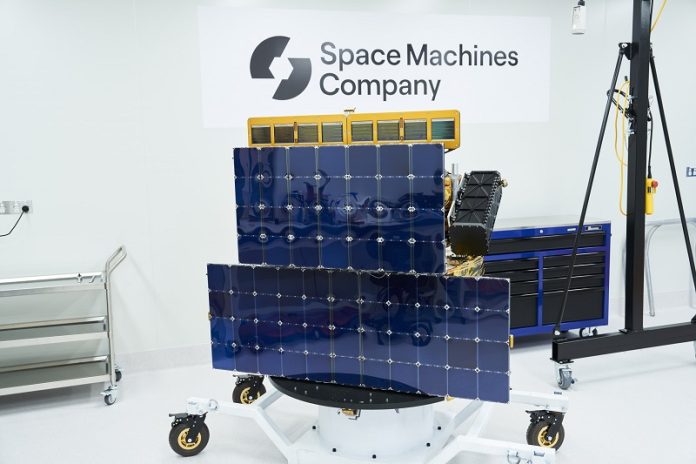
In a groundbreaking event on March 5th, Australia made a giant leap in space technology by launching advanced printed flexible solar cells into orbit.
These solar cells, developed by Australia’s national science agency, CSIRO, rode into space aboard the country’s largest privately-owned satellite, Optimus-1, as part of Space X’s Transporter-10 mission.
This innovative project, a collaboration between CSIRO and the Australian space transportation provider Space Machines Company, marks a significant step towards finding reliable and lightweight energy solutions for space missions.
Dr. Kimberley Clayfield, the CSIRO Space Program Director, expressed the importance of developing efficient power systems for spacecraft that are both light and powerful.
The flexible solar cells developed by CSIRO could be the answer to this challenge, offering a more efficient way to power future space exploration and operations.
These solar cells aren’t your typical solar panels. They are made using a material called perovskite, known for its excellent efficiency in converting sunlight to energy.
Dr. Anthony Chesman, leading CSIRO’s Renewable Energy Systems Group, mentioned that eight mini-modules of these flexible solar cells have been attached to the surface of the Optimus-1 satellite.
Their performance in the harsh conditions of space could open up new opportunities for powering spacecraft.
Rajat Kulshrestha, the CEO of Space Machines Company, praised the collaboration with CSIRO and the potential of the flexible solar cells to revolutionize how spacecraft are powered.
This venture is seen as just the beginning of a series of innovations that could reshape future space missions.
The primary goal of sending these solar cells to space is to test their performance under real conditions.
Space presents unique challenges, such as extreme radiation and varying angles of sunlight, which these solar cells are expected to withstand better than traditional silicon-based panels.
The data collected from this space flight test will be crucial for understanding how well the technology works outside the lab and could guide further advancements in solar power for space use.
Dr. Chesman also emphasized the potential of this technology to bolster Australian manufacturing and contribute to global space exploration efforts.
With the promising initial research and the ongoing in-space testing, CSIRO’s printed flexible solar cells are on track to become a key component of future space missions, demonstrating Australia’s growing role in space technology and exploration.
This exciting development not only showcases the potential of Australian science and innovation but also opens the door to new possibilities in space exploration, making the vastness of space a little more accessible to humanity.
The study was published in ACS Applied Energy Materials.



